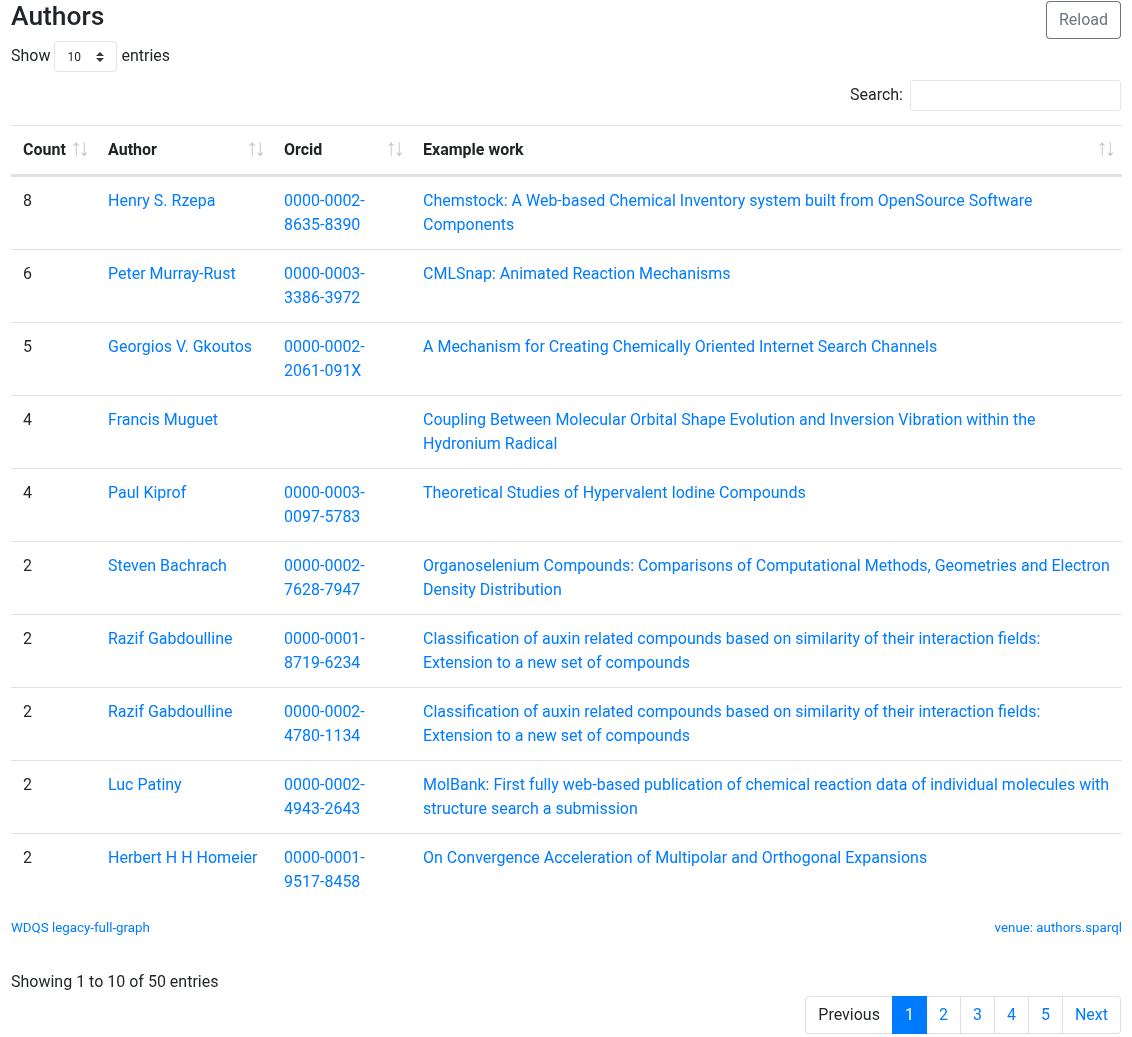Reinvestigating the reported transition state structure of a concerted triple H-tunneling mechanism.
Substituting a deuterium isotope (2H) for a normal protium hydrogen isotope can slow the rate of a chemical reaction if this atom is involved in the reaction mode.
